ROSA Company has announced the release of ROSA Marathon 2012 LXDE beta edition, following the earlier release of ROSA Marathon 2012 beta, which uses the KDE 4 desktop environment. You may read a review of that KDE edition of ROSA Desktop at ROSA Desktop 2012 beta review.
This is the Moscow-based outfit’s desktop distribution that uses the Lightweight X11 Desktop Environment, a low-resource usage desktop environment that the release announcement states “is guaranteed to work on machines with 256 MB of RAM and will likely work even with less amount of memory.”
Do not take that literally, because a base installation with nothing running uses that amount of RAM. With Firefox running (two tabs open), usage jumps to over 350 MB of RAM.
This article presents my first impression of this desktop distribution. A detailed review will be published when the stable edition becomes available. Like the main edition, this LXDE-based edition is intended to be a Long Term Support (LTS) edition, with a 5-year support duration, and is available as an installable Live image weighing in at almost 800 MB.
The login screen of the Live environment is shown here. Actual login does not require a password. Simply clicking on the username logs you into the system. Would have preferred that we do not see a login screen before logging into the Live desktop.

This is the distribution’s splash screen. What is the meaning of POCA?

Like the KDE-based edition, ROSA Marathon 2012 LXDE beta is derived from the same code base as the Mandriva Desktop. So they share the same installation program, and the same beautifully-polished design. This may very well be the LXDE desktop with the most visually appealing design.
After installation and on first login, you are presented with a window that allows you to set up a keyboard layout. If you take no action but accept the default, you can toggle between US and Russian keyboard layouts.

This is what the desktop looks like. Firefox 10 is he installed Web browser.

The menu showing installed office applications.

Installed multimedia applications.

Installed system modification applications.

Even the desktop calendar looks good. On the panel, you should see icons for the Downloads and Documents folders. Like the Stackfolders of the KDE 4 edition, they allow you to browse the contents of those folders without opening PCManFM, the file manager for LXDE, which is developed by Hon Jen Yee.

And PCManFM shows you the same beautiful folder icons available on the KDE 4 edition. What is not available on this edition is KLook, an application on the KDE edition that allows you to view several file formats, including video and audio, in a gallery fashion. (See KLook: A Swiss Army Knife of media type viewers.)

Though you do not get KLook, you still get the same graphical package manager that is used on the KDE edition, which is also what is available on Mandriva Desktop.

And the same set of repositories, which give you access to all free and non-free applications available across the ROSA/Mandriva distributions.

If you want to test-drive this distribution yourself, you may download an installation image from here.

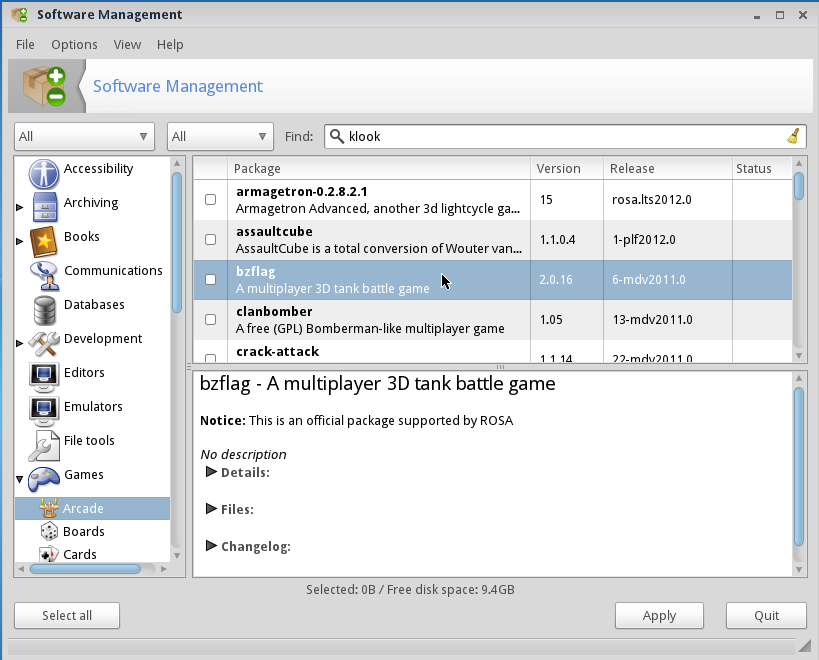
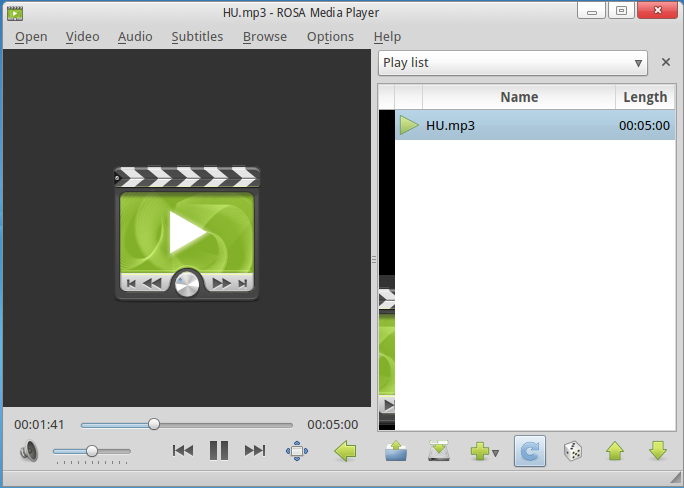
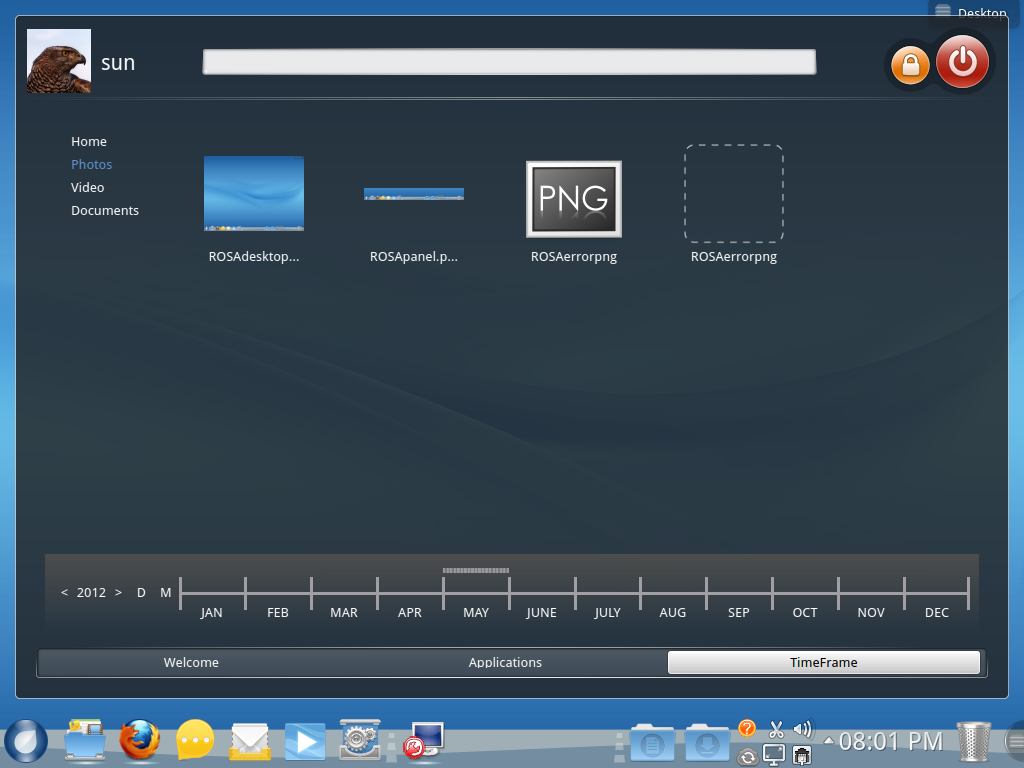
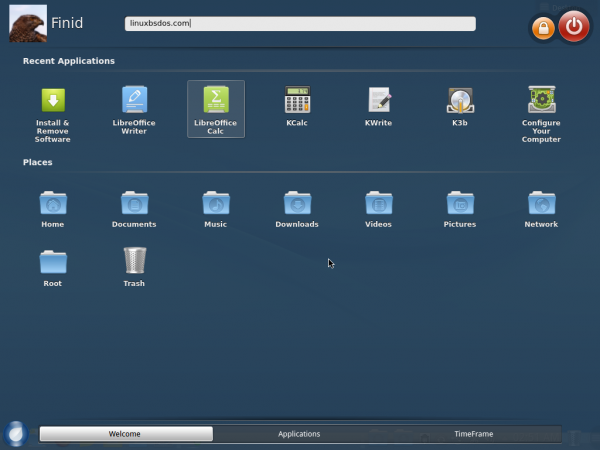
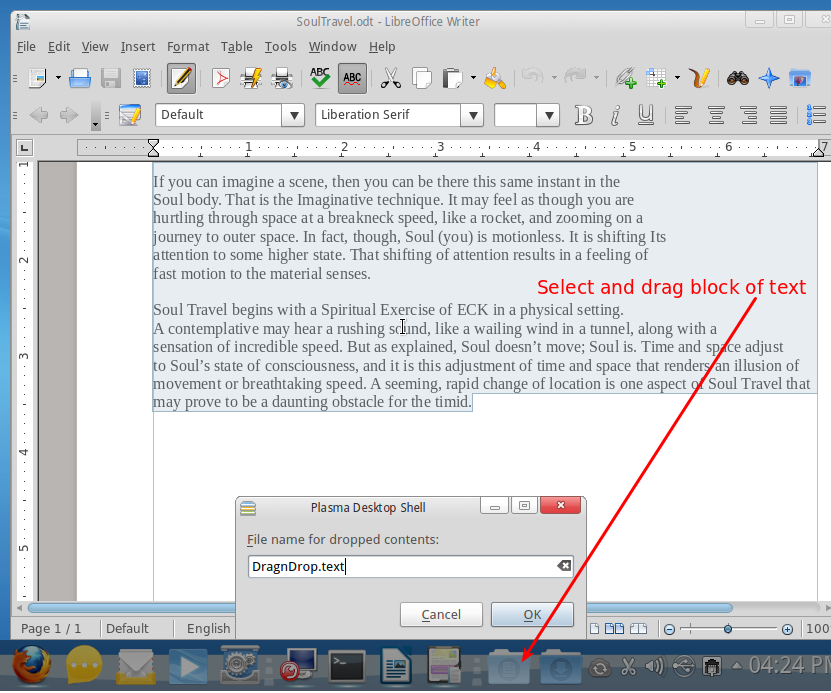


Lxde is way lighter than others(only +box & enlightenment have a say)
If you are low on ram then change the start-up session
my LXDE version boots @ 60mb !! (+box @50mb & 75mb is e17)
So your statement
“256 MB of RAM and will likely work even with less amount of memory.”
Do not take that literally, because a base installation with nothing running uses that amount of RAM”
is not true
I think it should be obvious that the statement applies to a base installation of ROSA Marathon 2012 LXDE.
Download and install it and tell us how much RAM it is using up with and without running other applications.
POCA is the way you write ROSA in Russian
Thank you. Nice to know.